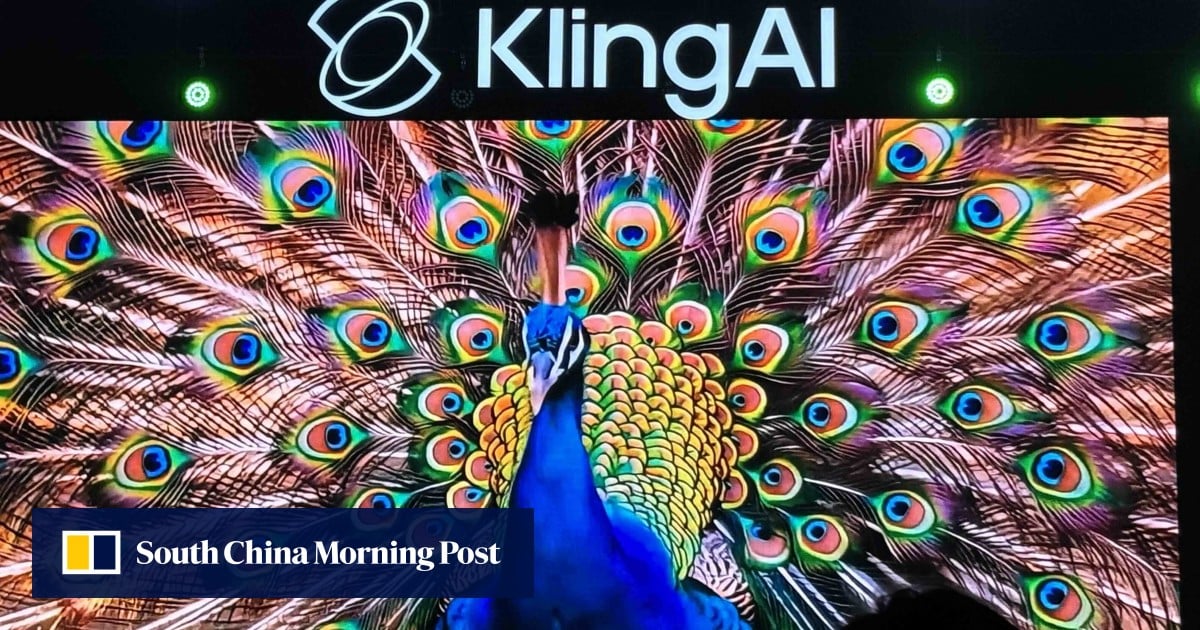China’s Kuaishou Launches a Leading AI Video Generator to Compete with OpenAI’s Sora

Kuaishou Launches Next-Generation Kling AI Video Model
Overview of Kling AI 2.0
On a recent Tuesday in Beijing, Kuaishou Technology, a leading Chinese short video platform, proudly announced an enhanced version of its AI video generation model called Kling AI 2.0. The company’s senior vice-president, Gai Kun, declared it the "most powerful video-generation model" currently available, signaling a significant stride in artificial intelligence technology for video production.
Notable Features of Kling AI 2.0
With over 22 million users globally, the original Kling AI has enabled the creation of more than 168 million video clips and 344 million images. The updated Kling AI 2.0 boasts several key improvements:
- Better Instruction-Following: The model now has an enhanced ability to understand and follow user commands more accurately.
- Improved Prompt Understanding: Kling AI 2.0 can better comprehend the context and nuances of user inputs, leading to more relevant video outputs.
- Higher Quality of Images and Movement: Images generated by the upgraded model exhibit better resolution and clarity, while movement appears smoother and more lifelike.
- Realism and Aesthetics: The AI has been refined to produce videos with a more realistic feel, enhancing the overall aesthetic quality of the clips.
Gai highlighted these advancements during the unveiling, emphasizing the competitive edge that Kling AI 2.0 offers in the booming video generation market.
The Competitive Landscape
Kuaishou is part of a rapidly growing sector of Chinese technology companies striving to enhance their AI capabilities. The race to develop advanced AI tools for video generation has been intensified by rival companies like ByteDance, the owner of TikTok, and Alibaba Group Holding. These firms are not only contending with each other in the domestic market but also with globally recognized names such as OpenAI with its Sora model and Google DeepMind’s Veo 2. The competition is fierce as all parties aim to capture consumer interest and establish themselves as leaders in AI-driven content generation.
User Engagement and Growth
Since its inception, Kuaishou has seen remarkable adoption rates. The substantial user base indicates a rising interest in AI-generated content, paving the way for Kuaishou to capitalize on this momentum. The impressive figures — 168 million video clips and 344 million images generated — underline the platform’s effectiveness and appeal.
Strategic Timing
Kuaishou’s announcement comes shortly after the launch of the previous generation of Kling models at the end of last year, showing a strategic effort to stay ahead in a fast-evolving industry. By continuously upgrading its technology, Kuaishou aims to retain its competitive position against ByteDance and other key players in the market.
Conclusion
The introduction of Kling AI 2.0 by Kuaishou exemplifies the rapid advancement in AI technology, particularly in the realm of video generation. With notable enhancements and a robust user base, Kuaishou is poised to play a significant role in shaping the future of content creation in the digital landscape. As competition among leading tech firms heightens, models like Kling AI 2.0 are expected to redefine the boundaries of creative possibilities in video production.





